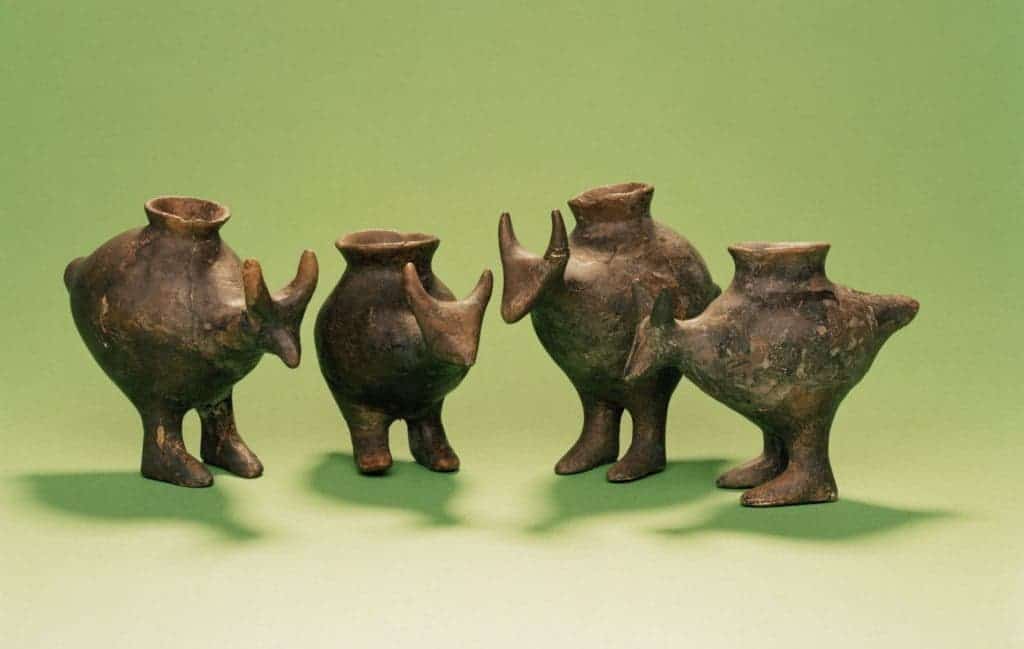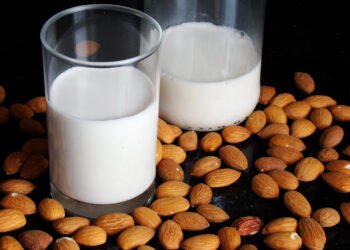A team led by researchers from the University of Bristol reports on the earliest evidence of babies being fed animal milk — and of the ancient equivalent of modern-day baby bottles.

Image credits Enver-Hirsch / Wien Museum.
Chemical analyses, as well as the context these vessels were discovered in, strongly suggest that they were used as baby feeders. The vessels were made from clay and first appeared in Europe around the Neolithic (late stone age, around 5,000 BC). Throughout the Bronze and Iron Ages, these vessels become increasingly more commonplace, the team explains.
Baby munchies
“These very small, evocative, vessels give us valuable information on how and what babies were fed thousands of years ago, providing a real connection to mothers and infants in the past,” says lead author Dr. Julie Dunne from the University of Bristol’s School of Chemistry.
The vessels are quite small — usually small enough that a baby could comfortably grip and hold them. They also have a spout through which liquid can be suckled and, in some of the more eye-catching variants, are shaped like animals or resembling animals. Although this does suggest that they were used as an equivalent of today’s baby bottles, we don’t have any direct evidence of their function. For example, they could very well have been made for the sick or infirm to use.
In order to find out what kind of foods these vessels were used to serve, the team analyzed three examples found in child graves in Bavaria. These vessels were small (about 5-10 cm across) with an extremely narrow spout. Food residues within the vessels showed that they contained ruminant milk (from domesticated cattle, sheep, or goats).

Image credits Katharina Rebay-Salisbury.
The presence of these specialized vessels in child graves, along with the presence of milk residue inside them, strongly suggests that these were used to feed animal milk to babies — in the place of human milk and/or during weaning onto supplementary foods.
The study represents our closest proven link between these vessels and child feeding. They’re also the most direct evidence of weaning practices we have to date — previously, these were inferred from isotopic analysis of infant skeletons, but that only gave us some bits of the puzzle. As such, the study fleshes out our understanding of breastfeeding and weaning practices, as well as infant and maternal health practices in prehistory.
She continued: “Similar vessels, although rare, do appear in other prehistoric cultures (such as Rome and ancient Greece) across the world,” Dunne explains. “Ideally, we’d like to carry out a larger geographic study and investigate whether they served the same purpose.”
The paper “Milk of ruminants in ceramic baby bottles from prehistoric child graves” has been published in the journal Nature.






